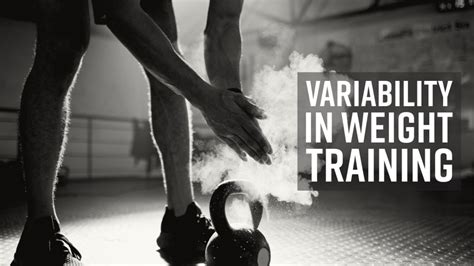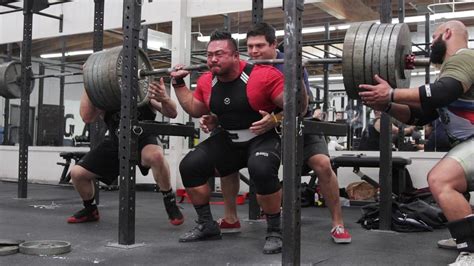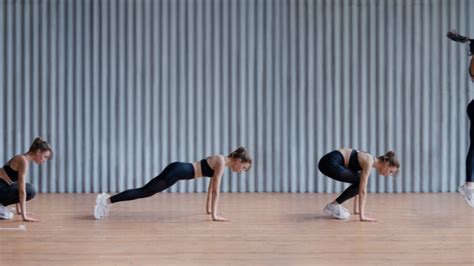How to break through a strength plateau for peak power output?

Every dedicated lifter eventually faces it: the dreaded strength plateau. That frustrating period where your progress grinds to a halt, and your peak power output seems stubbornly stuck. But hitting a wall doesn’t mean your journey ends; it signifies a need for smarter strategies and a more refined approach to your training. Breaking through these barriers is essential for continued growth and unlocking your true athletic potential.
Understanding the Plateau Phenomenon
A strength plateau typically occurs when your body has fully adapted to the current training stimulus. Your muscles, nervous system, and connective tissues have become efficient at handling the loads and movements you’ve been performing. To continue progressing, you need to introduce new stressors that force your body to adapt further. This isn’t just about lifting heavier; it’s about stimulating new physiological responses.
Vary Your Training Stimulus
One of the most effective ways to shock your system out of a rut is to introduce variety. This doesn’t mean abandoning your core lifts, but rather manipulating variables around them. Consider changing your primary exercises (e.g., switch from back squats to front squats or leg presses for a cycle), altering rep ranges (e.g., moving from 5×5 to 3×8-12, or even 1×3-5 for maximal strength), or experimenting with different tempos (e.g., adding eccentric emphasis).
Furthermore, explore different training methods. If you primarily train with barbells, incorporate dumbbells, kettlebells, or resistance bands. Each tool offers a unique loading pattern and stability challenge, forcing new adaptations. Even small changes in grip width or stance can make a significant difference.

Progressive Overload Beyond Just Weight
While adding weight to the bar is the most common form of progressive overload, it’s not the only one. When weight increases stall, look to other metrics:
- Increase Volume: Do more sets or reps with the same weight.
- Increase Frequency: Train a muscle group more often per week (within recovery limits).
- Decrease Rest Times: Shorten the rest periods between sets to increase metabolic demand.
- Improve Technique: More efficient movement allows you to lift more effectively.
- Increase Time Under Tension: Slow down the eccentric phase of a lift.
These less obvious forms of overload can be powerful tools for pushing past a plateau without constantly chasing heavier loads.
Incorporate Power-Specific Training
To specifically enhance peak power output, you must train for it. This means moving weight explosively. Integrate exercises like:
- Plyometrics: Box jumps, broad jumps, clap push-ups, medicine ball throws.
- Olympic Lifts: Snatches, clean and jerks, and their variations (e.g., power cleans). These demand high levels of coordination, speed, and force production.
- Ballistic Movements: Kettlebell swings, jump squats with light weight, dynamic effort bench press.
Focus on quality over quantity with power work, ensuring each rep is performed with maximal intent and speed.

Optimize Recovery and Nutrition
Training harder without recovering harder is a recipe for overtraining and deeper plateaus. Your body grows stronger during rest, not during the workout itself.
- Sleep: Aim for 7-9 hours of quality sleep per night. This is non-negotiable for muscle repair and hormone regulation.
- Nutrition: Ensure adequate protein intake for muscle repair, sufficient complex carbohydrates for energy, and healthy fats for hormone production. Don’t underestimate calorie intake; sometimes a plateau is simply a sign you’re not eating enough to fuel growth.
- Active Recovery: Light cardio, stretching, foam rolling, or mobility work can aid blood flow and reduce soreness.
- Stress Management: Chronic stress elevates cortisol, which can hinder recovery and muscle growth. Incorporate stress-reducing activities into your routine.

Strategic Deloads and Periodization
Sometimes, the best way to move forward is to take a step back. A deload week, where you significantly reduce volume, intensity, or both, allows your body to fully recover, repair, and supercompensate. This can lead to a fresh surge of strength upon returning to normal training.
Periodization involves structuring your training into distinct phases (e.g., hypertrophy, strength, power) with varying goals, volumes, and intensities over time. This cyclical approach prevents adaptation, manages fatigue, and systematically builds towards peak performance. Linear, undulating, or block periodization are common models to explore.
Address Weak Links and Refine Technique
Often, a plateau isn’t about overall strength but a specific weak point in a movement pattern. For example, if your lockout in a bench press is weak, incorporating tricep extensions, close-grip bench, or board presses can help. For squats, glute-ham raises or good mornings can strengthen the posterior chain.

Furthermore, meticulous attention to technique can unlock new levels of strength and efficiency. Review videos of your lifts, consider working with a coach, and continuously strive for perfect form. Eliminating energy leaks and optimizing leverage can translate directly to heavier lifts and more explosive power.
The Mental Game and Consistency
Breaking through a plateau is as much a mental battle as it is a physical one. Stay persistent, patient, and positive. Understand that plateaus are a natural part of the process, not a sign of failure. Consistency in applying new strategies, adhering to your recovery protocols, and maintaining a growth mindset will ultimately lead to success.

Conclusion
A strength plateau is an invitation to learn, adapt, and grow. By strategically varying your training stimulus, focusing on progressive overload in its many forms, incorporating power-specific movements, prioritizing recovery, and paying attention to technique and weak links, you can not only break through your current barriers but also set new personal bests for peak power output. Remember, patience and consistency are your most powerful allies on this journey to continuous improvement.








